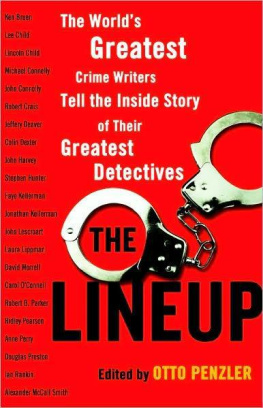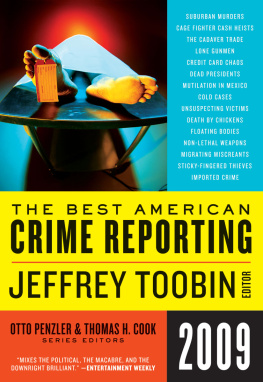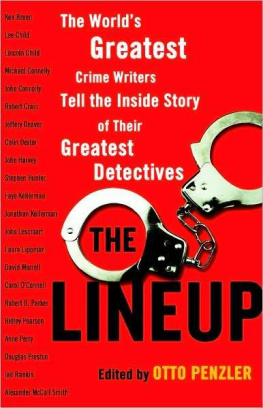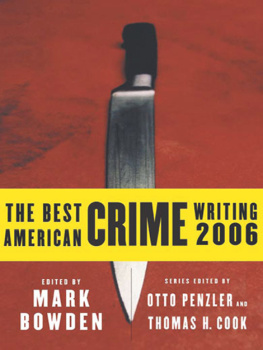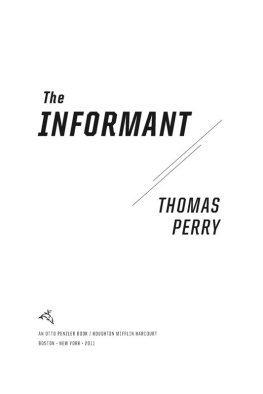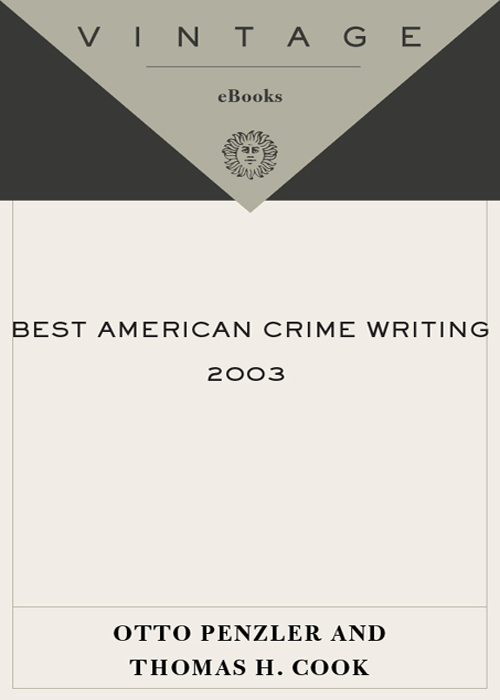PREFACE
As might be expected, American crime writing in 2002 was deeply influenced by the events of September 11, particularly in regard to the number of articles that dealt in one form or another with terrorism. There were investigations of the September 11 terrorists and of the societies from which they came. There was a race to second-guess anyone who might have been able to foresee or prevent the attack, as well as those who responded to it, both at the actual moment of the emergency and later, as the nation, and particularly the presidential administration, began first to formulate and then to implement its response. As a predictable result, American crime writing evidenced a distinct internationalism, with stories that took readers far beyond our shores in order to portray people and places we could ignore only at our peril.
The selection was large, as was the scope, and as editors we were challenged by both the magnitude and the quality of these offerings. Indeed, so much magazine and newspaper space was devoted in one way or another to the aftermath of September 11 that we easily could have produced a volume whose individual contributions dealt with nothing else. In the end, however, we chose those pieces that most focused on individuals, both terrorists and those who seek to bring them to justice, both suicide bomber and homicide victim.
We also felt that to concentrate on the events of September 11 would require that we ignore the wide variety of human feloniousness and malfeasance that last years collection so clearly established. Certainly, the cloud of September 11 hung heavily over American crime writers during the past year, but not so heavily as to obscure the fact that for the most part human beings, criminal and otherwise, either returned to their normal patterns of behavior with astonishing speed or had never really abandoned them.
Thus, during the year following September 11, Americans witnessed the usual caravan of malefactors, everything from the most highly paid business executives to the most humble connivers, from men whose greed knew no bounds to a woman who wished only to be someone else. September 11, for all its profound impact, could not in the least alter the ironclad reality of human frailty, nor its occasional transcendence. Buildings fell and lives were lost, but life itself, both social and individual, moved steadily onward along a wholly predictable continuum of noble and debased intent.
Consequently, within these pages, you will find a crusading brother, a determined journalist, and a renowned sports figure. You will find a hustler, a pimp, and a specialist in decaying flesh. You will find a terrible boy who seems hardly terrible at all, along with another such boy who became at last an equally terrible man. You will find cowardice and courage, honesty and trickery, people whose selfishness will astonish you, and others of measureless self-sacrifice. In short, you will find your fellow men and women in their depravity and in their glory, their bottomless capacity both to harm and to heal each other.
And so, more than anything, the distinguished writers of this years collection of Best American Crime Writing continue to demonstrate the dual nature of human potential, the good and the evil men and women can do. In the year following September 11, what could be more in keeping with our experience or more instructive in our ongoing need to balance fear with determination, freedom with security, faith with doubt, pessimism with hope, as our Founding Fathers did so many years ago, and thus by the darkest of visions fashioned the brightest of lands.
In terms of the nature and scope of this collection, we defined American crime reporting as any factual story involving crime written by an American or a Canadian and published in the United States or Canada during the calendar year 2002. We examined a very wide range of publications, which included all national and regional magazines and nearly two hundred so-called little magazines, reviews, and journals.
We welcome submissions by any writer, publisher, editor, or other interested party for Best American Crime Writing 2004. Please send a tear sheet with the name of the publication in which the submission appears, the date of publication, and if available, the address of the author. If first publication was in electronic format, a hard copy must be submitted. Only articles actually published with a 2003 publication date are eligible. All submissions must be made by December 31, 2003, and should be sent to Otto Penzler, The Mysterious Bookshop, 129 West 56th Street, New York, NY 10019. Those wishing verification that their submission was received should provide a self-addressed, stamped postcard or envelope. Submitted material cannot be returned.
Thomas H. Cook
Otto Penzler
New York
January 2003
INTRODUCTION
There was a time, pre-9/11, when you could read about crime with a certain detachment, as you would a novel or a short story. No matter how serious or frightening or infuriating the crime, reading about it was essentially a form of entertainment, because the criminals and their victims were generally at a comfortable remove from you, the reader.
The sudden rise of terrorism has changed all that. As the weapons of choice among criminals have morphed from knives and guns (which kill individuals) into chemicals, germs, and atoms (which kill everybody), you the reader have suddenly become a possible victim. So reading about crimes has taken on somewhat greater immediacy, at least when the subject is terrorismand it often is these days.



